Beyond Basil: 5 Uncommon Herbs That Are Actually Worth Growing
I’ve been obsessed with growing herbs for what feels like a lifetime. It all started on a tiny city balcony with the usual suspects: basil, mint, and parsley. And they were great! But I quickly got greedy for more interesting flavors, the kind you just can’t find at the grocery store. That curiosity sent me down a rabbit hole of discovering herbs that offer wild new tastes and amazing aromas.
In this article
After years of trial and error (and supplying a few local chefs along the way), I’ve sorted out which plants are true garden gems and which are… well, maybe just for the hardcore collectors. This guide is the cheat sheet I wish I had back then. It’s not about finding the most obscure plants on the planet, but about introducing you to a handful of uncommon herbs that are incredibly rewarding and surprisingly easy to grow.
We’ll dig into how to plant them, when to harvest, and how to use them. Let’s get started.
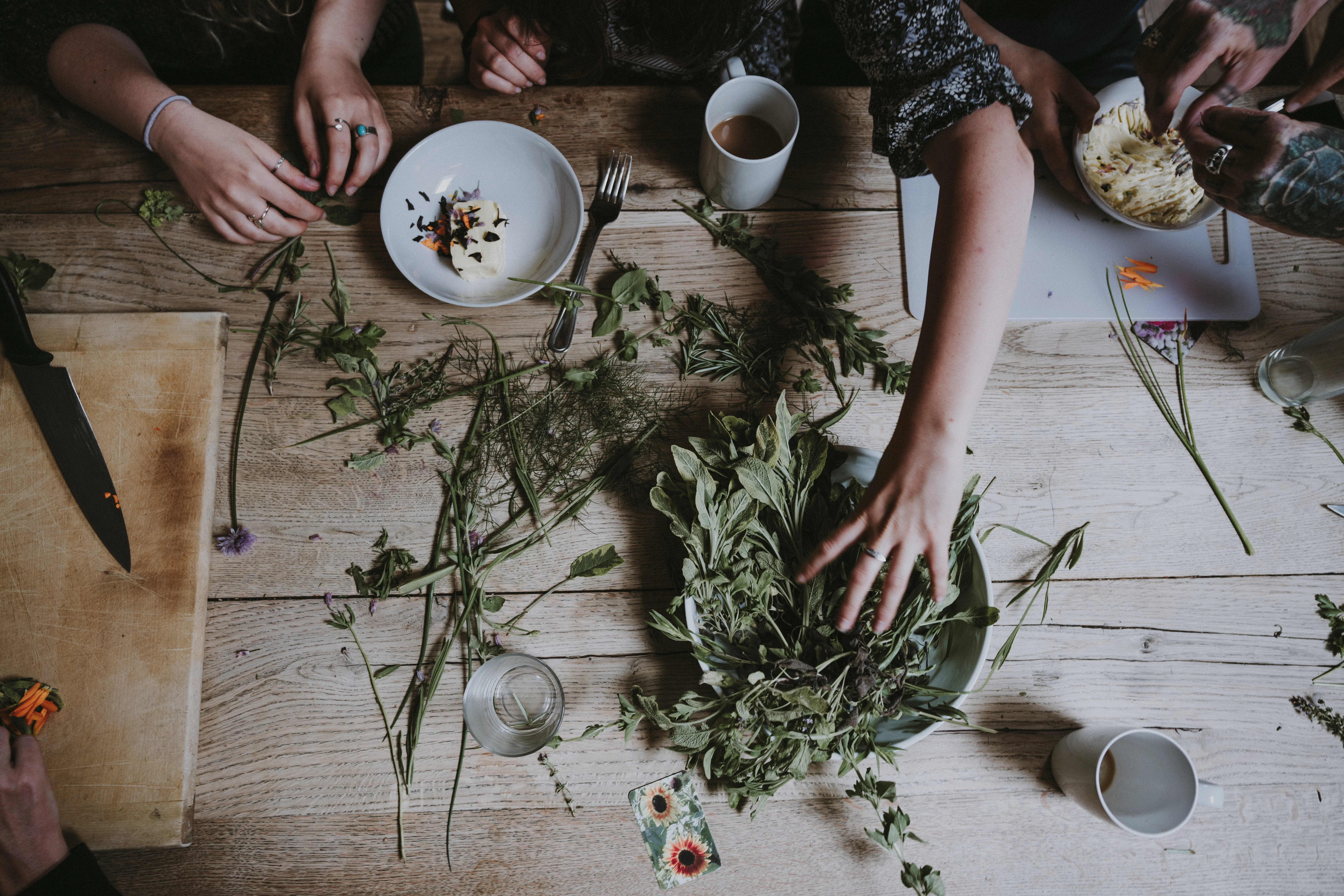
First, Let’s Talk Dirt
Before you get your hands dirty, there are a couple of core ideas to grasp about growing herbs. Honestly, most of these interesting herbs are less fussy than your average tomato plant. They often thrive on a bit of neglect, and understanding why is the key to success.
Many classic herbs originally grew in rocky, nutrient-poor soil. This means one of the most common mistakes is killing them with kindness—specifically, too much fertilizer. Pumping them with nitrogen gives you big, beautiful, leafy plants that taste like… absolutely nothing. A little bit of stress actually encourages the plant to produce the essential oils that create that amazing flavor and scent. So, lean soil is your friend.
The other biggie is drainage. Very few herbs can handle having their roots sit in a puddle; it’s a fast track to root rot. When a guide says “well-draining soil,” it just means water should pass through easily instead of pooling on top. For garden beds, mixing in some compost and coarse sand can fix heavy clay. For pots? A standard potting mix with a few handfuls of perlite or pumice mixed in works wonders. Trust me, your plants will thank you.
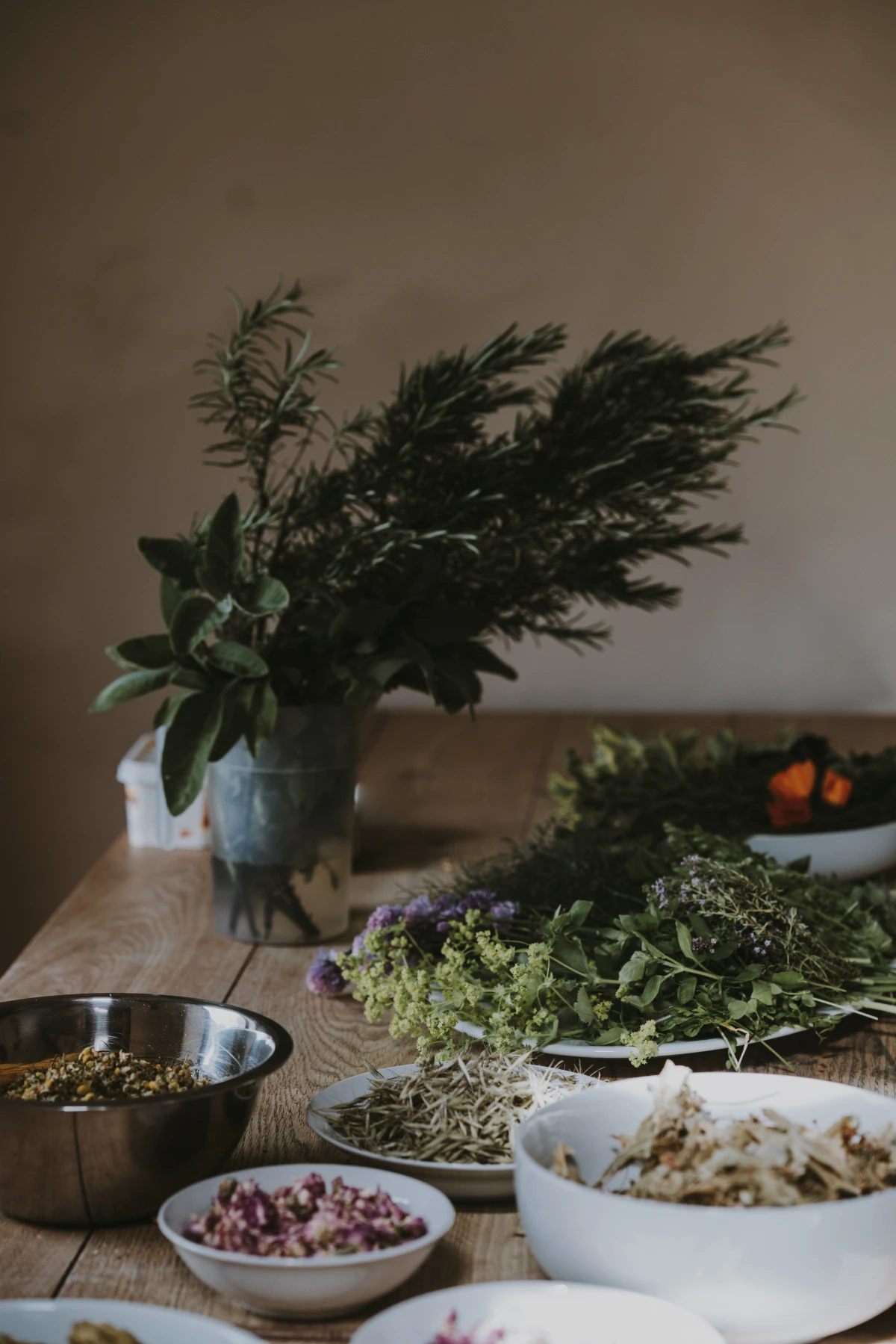
1. Lovage: The Gentle Giant
The first time you see a mature lovage plant, you’ll be surprised. This is not a delicate little herb for your windowsill. It’s a bold, architectural beast that can shoot up to six feet tall in a single season. The flavor is just as bold—think celery and parsley on steroids.
It’s a hardy perennial, meaning it will come back bigger and better each spring, often hardy down to USDA Zone 4. It loves rich, moist soil and can take full sun, but I’ve found that giving it some afternoon shade in hotter climates keeps its massive leaves from wilting.
Growing & Sourcing Lovage:
- Can you grow it in a pot? Yes, but you need to go big. I’m talking about a massive 15 or 20-gallon container at a minimum. Anything smaller and it’ll become root-bound and unhappy in no time.
- Where to get it: You might get lucky at a local nursery, but your best bet is ordering seeds or a small plant online. A packet of seeds is cheap, usually $3 to $5 from specialty sellers like Baker Creek or Johnny’s Selected Seeds.
- How to plant: Growing from seed takes patience. The seeds need a cold period to wake up, a process called cold stratification. It sounds technical, but it’s a piece of cake. Quick Tip: Just mix the seeds with a bit of damp sand in a Ziploc bag, pop it in the fridge for two weeks, and then plant them as you normally would.
When you plant it, give it space! At least three feet between plants is a good rule. A single chopped leaf is often enough to flavor an entire pot of soup. By the way, the hollow stems make incredible, flavorful straws for a Bloody Mary. A chef I know taught me that trick, and it’s a game-changer.
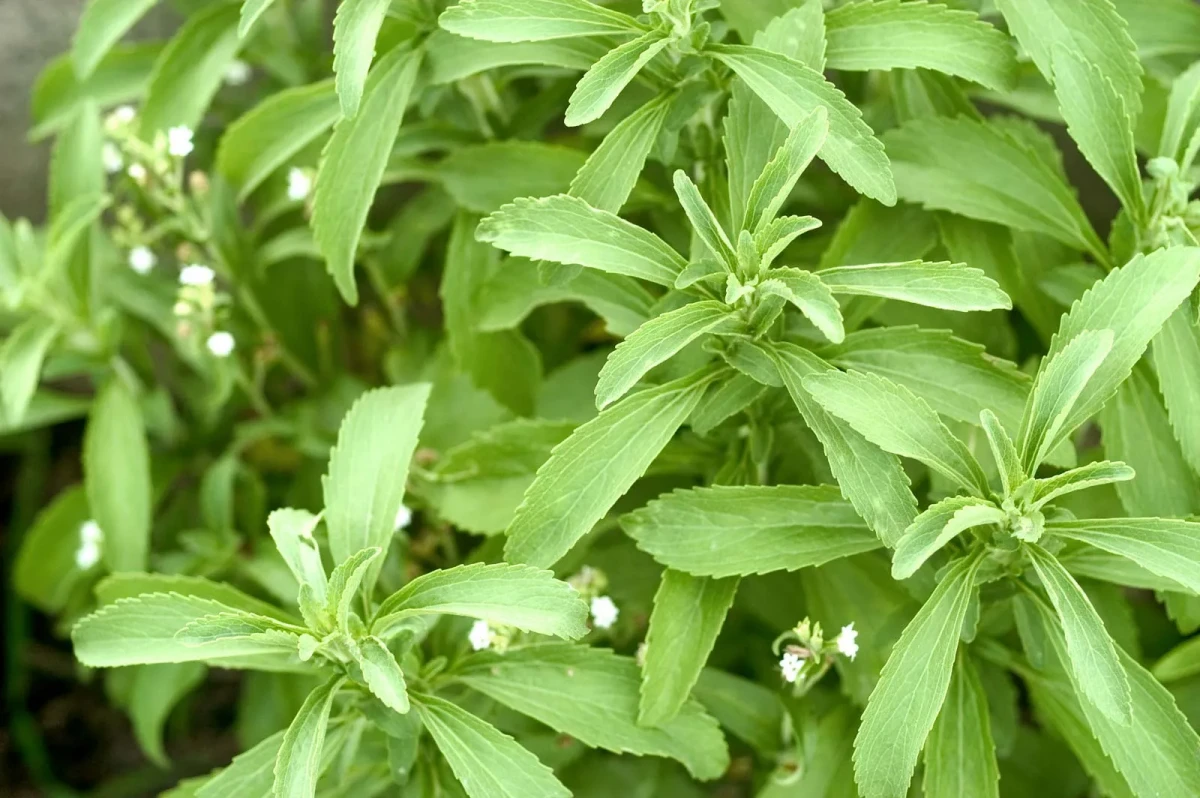
2. Anise Hyssop: The Pollinator Magnet
This is, without a doubt, one of my favorite plants in the entire garden. It’s not actually related to anise or hyssop, but it has this incredible sweet, licorice-like flavor. The best part? Its beautiful purple flower spikes are a non-stop party for bees. The sound of my anise hyssop patch humming on a summer afternoon is pure magic.
It’s a well-behaved member of the mint family, forming a neat clump instead of spreading everywhere. It’s a short-lived perennial (hardy in Zones 4-9) that often only lasts a few years, but it self-seeds politely to ensure you always have some around.
Growing & Sourcing Anise Hyssop:
- Can you grow it in a pot? Absolutely! It’s perfectly happy in a 5-gallon pot on a sunny patio.
- Where to get it: This one is becoming more common. Check local nurseries, but seeds are readily available online for a few bucks.
- How to plant: It’s super easy from seed. Just press the seeds onto the surface of the soil after your last frost—they need light to germinate, so don’t cover them up!
Harvest the leaves and flowers anytime. The leaves make a wonderfully refreshing tea, hot or iced. I love to muddle a few leaves into a glass of lemonade. And a good rule of thumb for harvesting any herb is to never take more than one-third of the plant at once. This ensures it has enough foliage left to recover and keep growing strong.
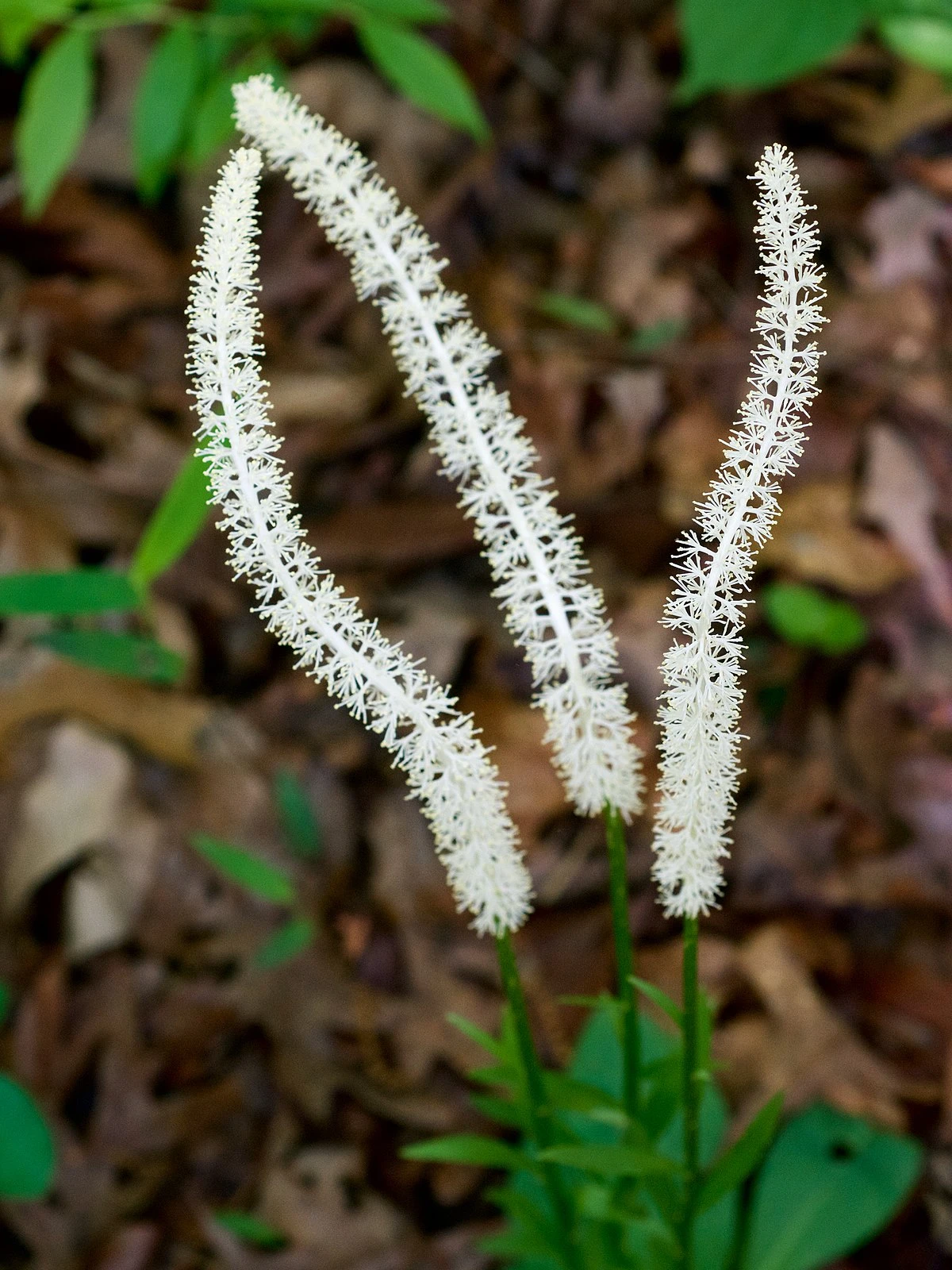
3. Toothache Plant: The Electric Daisy
Okay, this one is just plain fun. Also called “buzz buttons,” the experience of chewing on a flower is unforgettable. It’s not really a flavor; it’s a physical sensation. A tingle on your tongue quickly builds into a fizzy, numbing feeling that buzzes through your whole mouth. It’s weird, but in a good way!
That sensation comes from a natural analgesic compound, which is why it has a history in traditional medicine for tooth pain. It’s a low-growing plant that loves heat and consistent moisture, so don’t let it dry out. It’s usually grown as an annual since it can’t handle frost.
Growing & Sourcing Toothache Plant:
- Can you grow it in a pot? It’s perfect for containers! This helps you control its moisture levels more easily.
- Where to get it: You will almost certainly have to buy seeds for this one online. Look for “buzz buttons” or “electric daisy” on heirloom seed websites. A packet is usually under $5.
- How to harvest: You only need a tiny bit to feel the effect. Seriously, a piece of a flower or leaf the size of a single grain of rice is more than enough to start. It’s a great party trick, and some fancy bartenders will grind it into salt to rim a cocktail glass for a tingly surprise.
Heads up! This is not a cure for dental problems. It provides temporary relief, but an actual toothache means you need to see a dentist. The numbing can mask a serious issue.
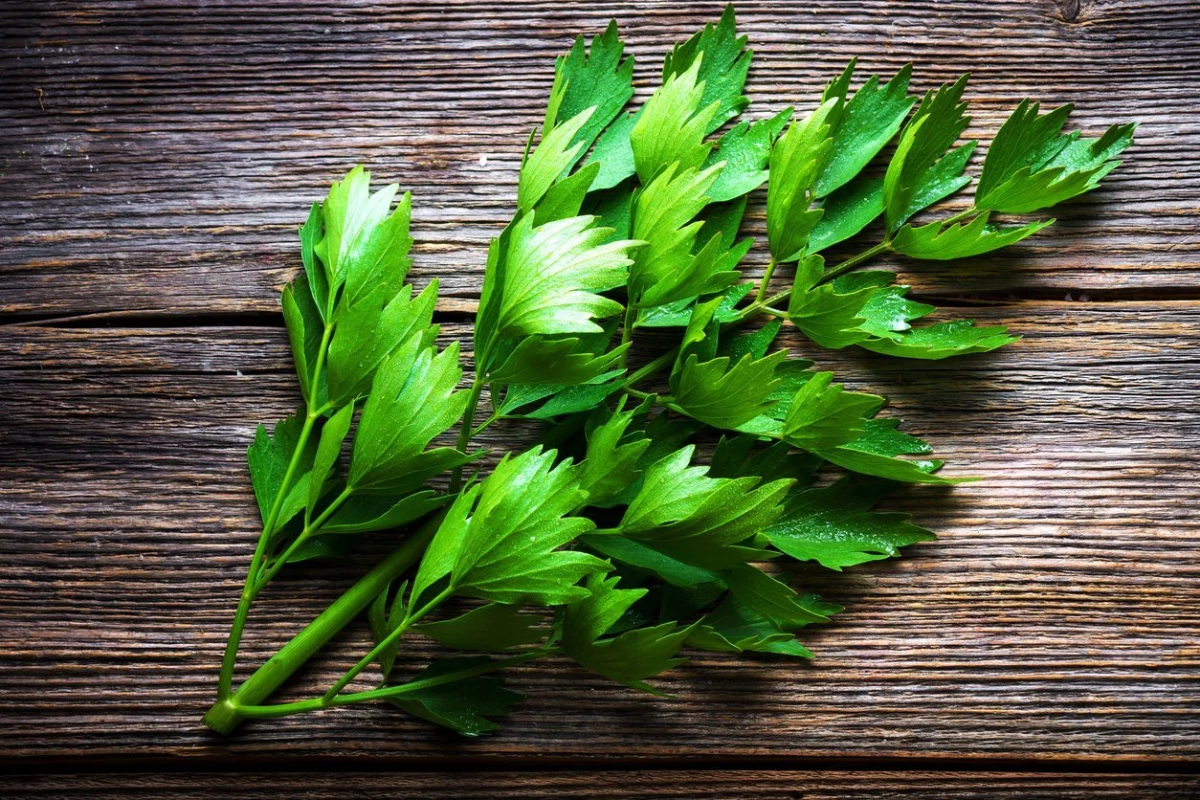
4. Winter Savory: The Year-Round Staple
While its cousin, summer savory, is a delicate annual, winter savory is a tough, woody perennial that sticks around. It has a potent, peppery flavor like a cross between thyme and oregano. I love it because it’s evergreen in milder climates (hardy to Zone 5), giving me fresh flavor even when the garden is sleeping.
It’s a classic Mediterranean herb, so it needs two things: full sun and soil that drains sharply. It absolutely hates having wet roots in the winter.
Growing & Sourcing Winter Savory:
- Can you grow it in a pot? Yes, it does great in pots. A terracotta pot is an excellent choice because it helps the soil dry out between waterings.
- Where to get it: It’s a bit easier to find than the others. Check well-stocked garden centers or order online.
- How to make more: A super easy way to propagate it is through layering. Just bend a low-growing stem to the ground, scratch the part that touches the soil a little, and pin it down with a rock or a wire. In a few months, it will grow its own roots, and you can snip it free to create a new plant!
The most important chore is pruning. To keep it from getting scraggly, trim it back by about a third after it flowers in late summer. I learned the hard way not to cut back into the thick, old wood—it might not grow back.
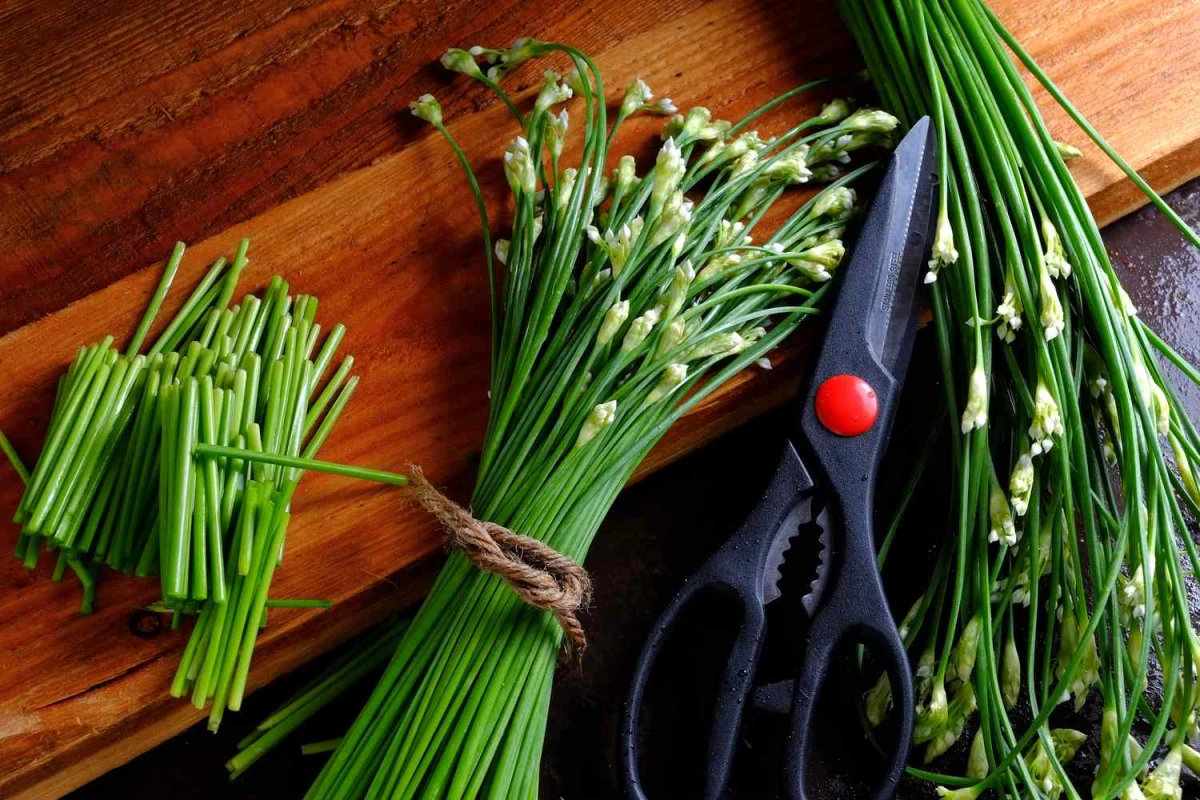
5. Rue: The Beautiful But Fiesty One
This is the herb on the list that demands the most respect. Rue is a gorgeous plant with delicate, blue-green foliage and pretty yellow flowers. It’s incredibly drought-tolerant and hardy (down to Zone 4) and its strong scent can even repel pests like Japanese beetles.
I grow it for its looks and pest-repelling qualities, not for eating. And this is where we need to have a serious talk.
CRITICAL SAFETY WARNING: Handle With Care!
Always, and I mean ALWAYS, wear gloves and long sleeves when touching this plant. The sap from rue can cause a nasty chemical burn on your skin when it’s exposed to sunlight. It’s a condition called phytophotodermatitis. Imagine getting a bad sunburn that then develops into painful, watery blisters that can leave marks for months. The risk is very real. Because of this, I strongly recommend keeping it away from paths where kids or pets might brush against it.
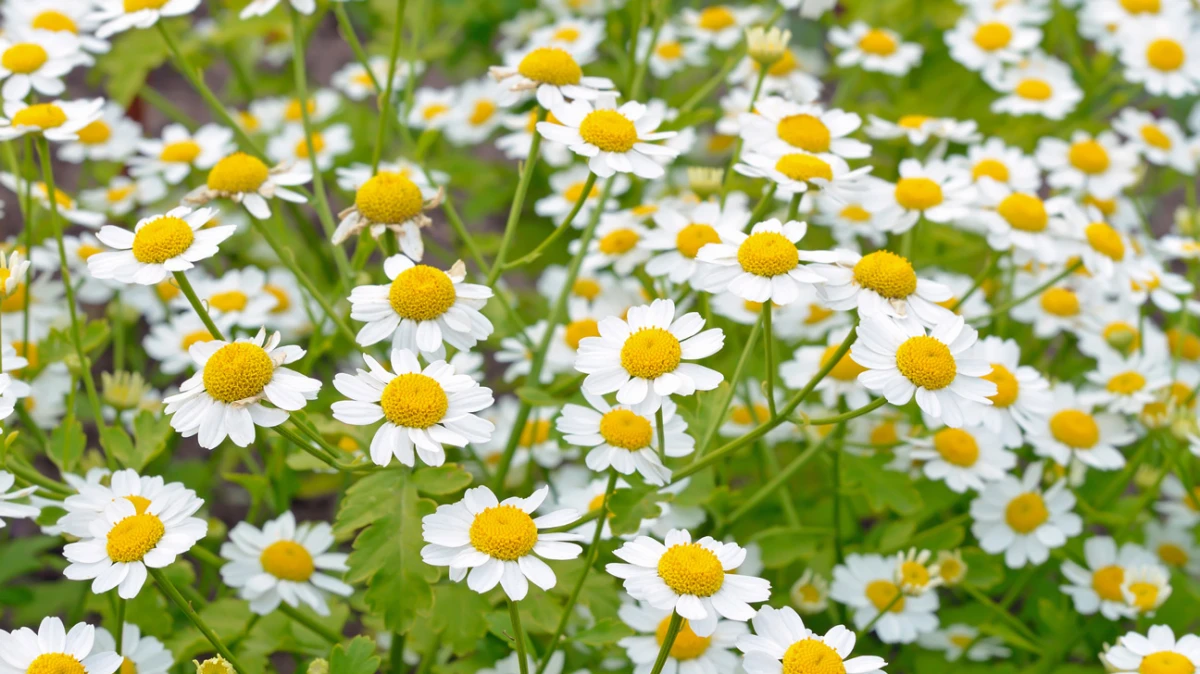
So, Which One Should You Try First?
If you’re feeling a little overwhelmed and just want one to start with, my top pick for a beginner is Anise Hyssop. Hands down.
It’s easy to grow from seed, it’s not picky, it does great in pots, and the payoff is huge. The tea is delicious, and watching dozens of happy bees buzz around the flowers is one of the most rewarding parts of gardening. It’s a low-risk, high-reward plant that will get you hooked on exploring the world of uncommon herbs.
Inspiration:
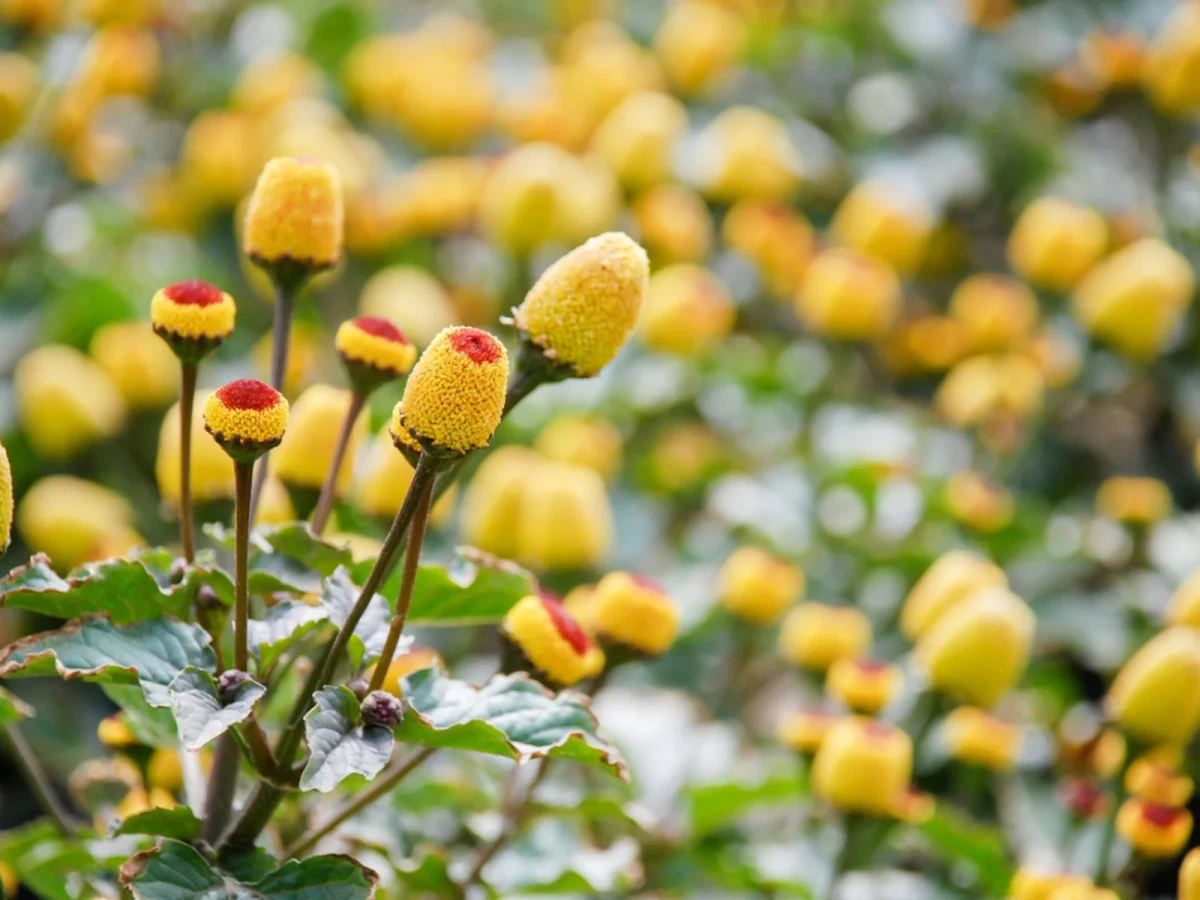
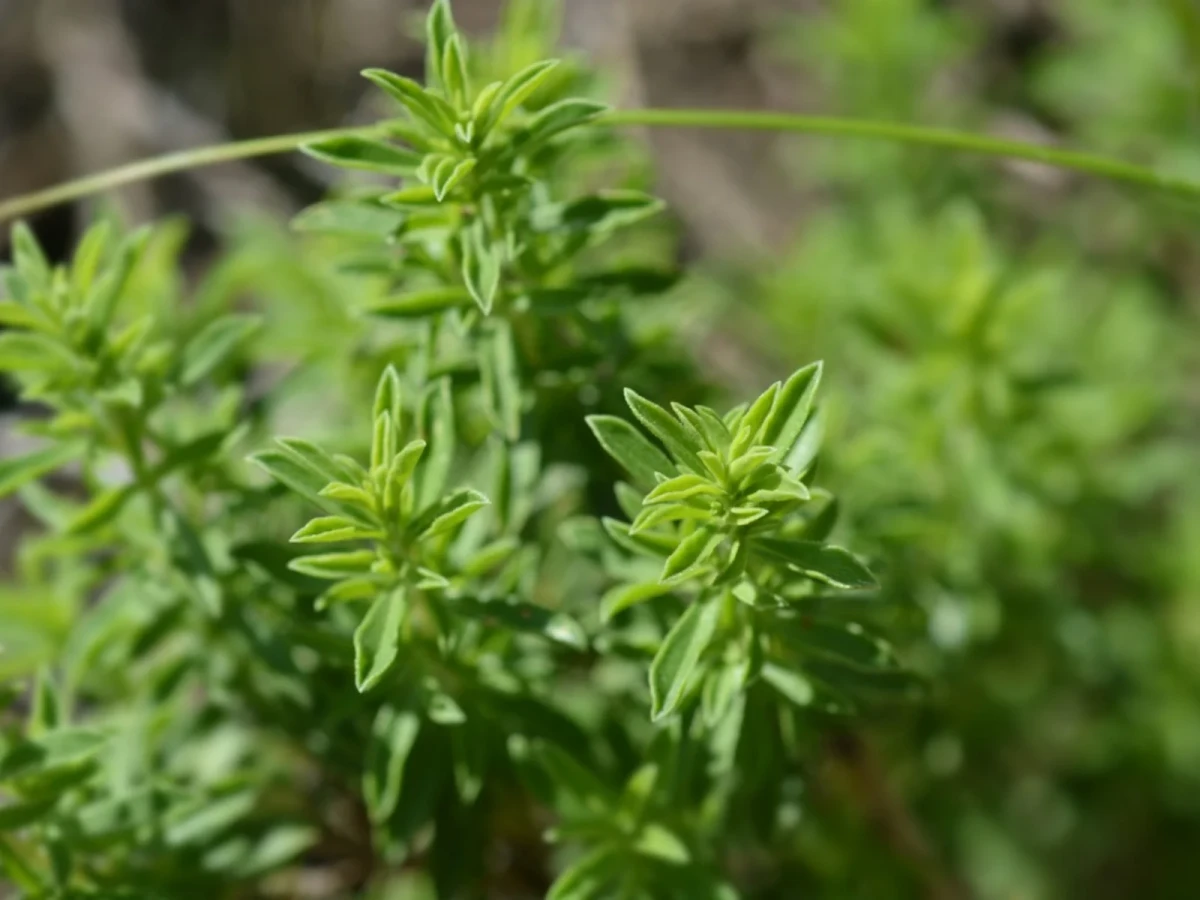
What exactly is the ‘buzz’ in a Toothache Plant flower?
That electric, tingling sensation comes from a natural compound called spilanthol. It’s not a flavor but a physical feeling—a light, effervescent numbness that excites the palate. This is why cutting-edge mixologists have fallen in love with it, muddling a single flower bud into a gin or tequila cocktail to add a sensory dimension that surprises and delights long before the drink’s flavor even registers.
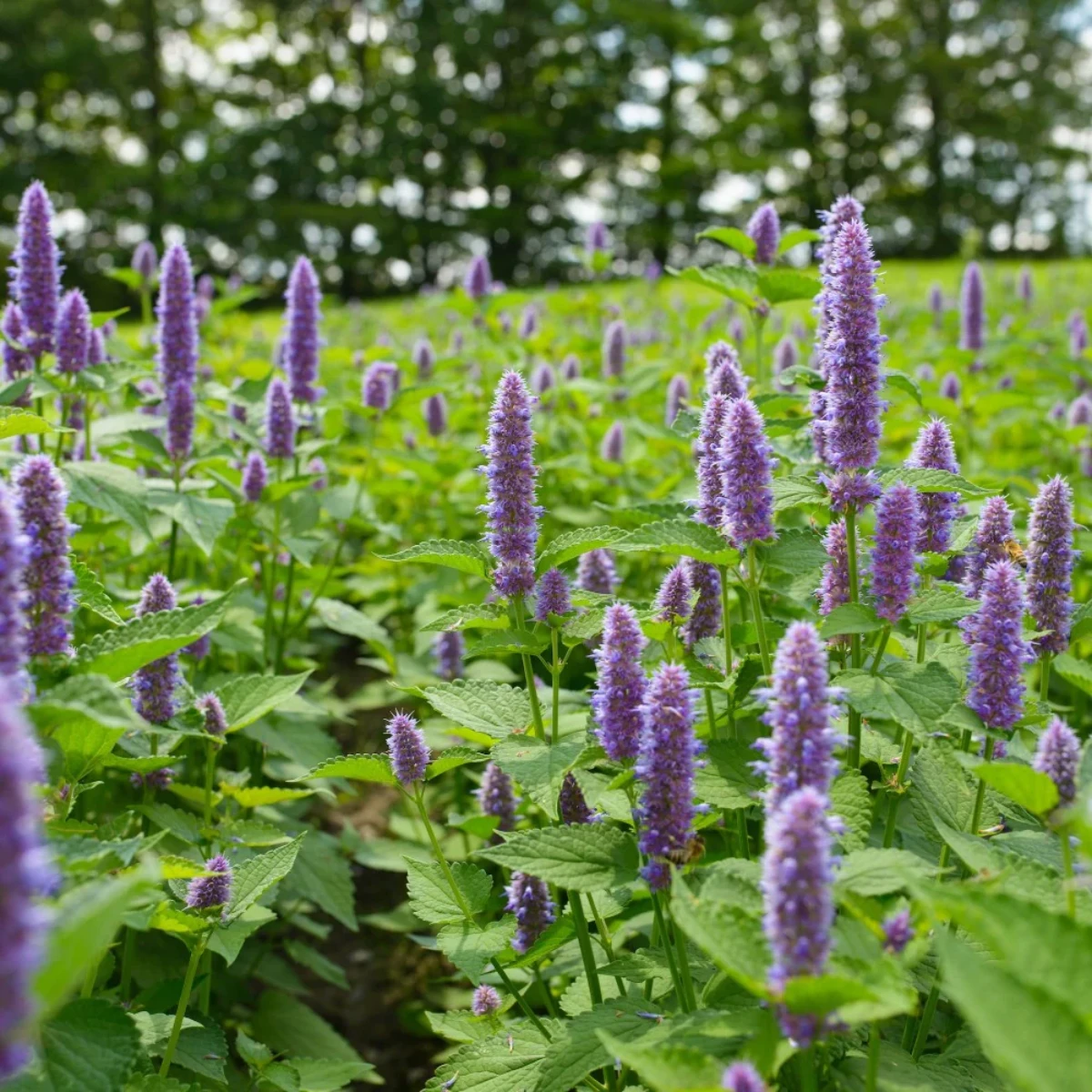
Beyond the garden bed, your new herbs can thrive in containers, but the right pot makes all the difference. For deep-rooted plants like lovage or lemongrass, choose a tall, narrow pot, often called a ‘long tom’. For herbs that prefer dry conditions, like mountain savory, a terracotta pot is ideal as its porous nature helps wick away excess moisture, mimicking their native Mediterranean soil.
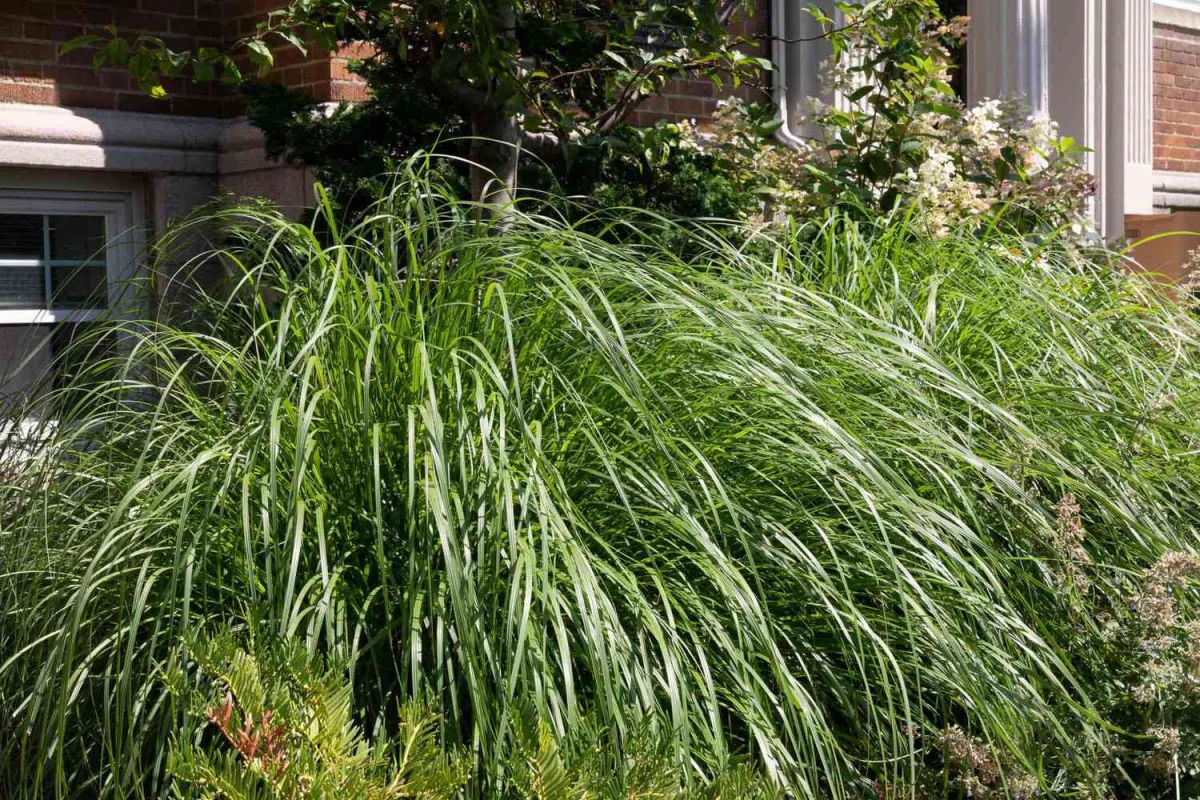
Did you know? Anise hyssop is a super-pollinator. Its long-lasting purple flower spikes are irresistible to bees, butterflies, and hummingbirds, making it a functional and beautiful addition to any garden corner.
Planting it near your vegetable patch can actually improve the pollination of nearby squash and beans. It’s not just a culinary herb; it’s a vital part of a healthy garden ecosystem.
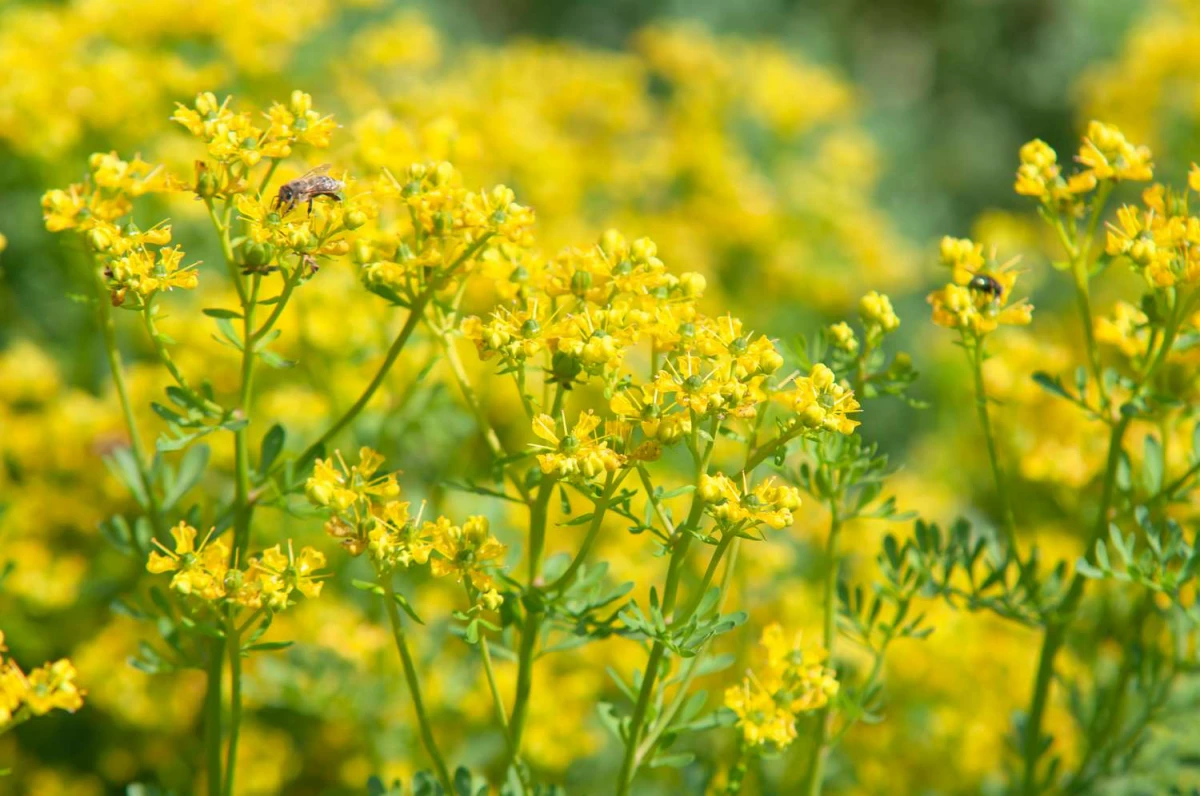
Don’t be shy with your snips: One of the biggest mistakes with robust herbs like lovage or savory is being too timid with harvesting. Regular cutting encourages tender, flavorful new growth and prevents the plant from becoming woody and less potent. Think of it as a haircut that keeps them healthy and productive all season long.
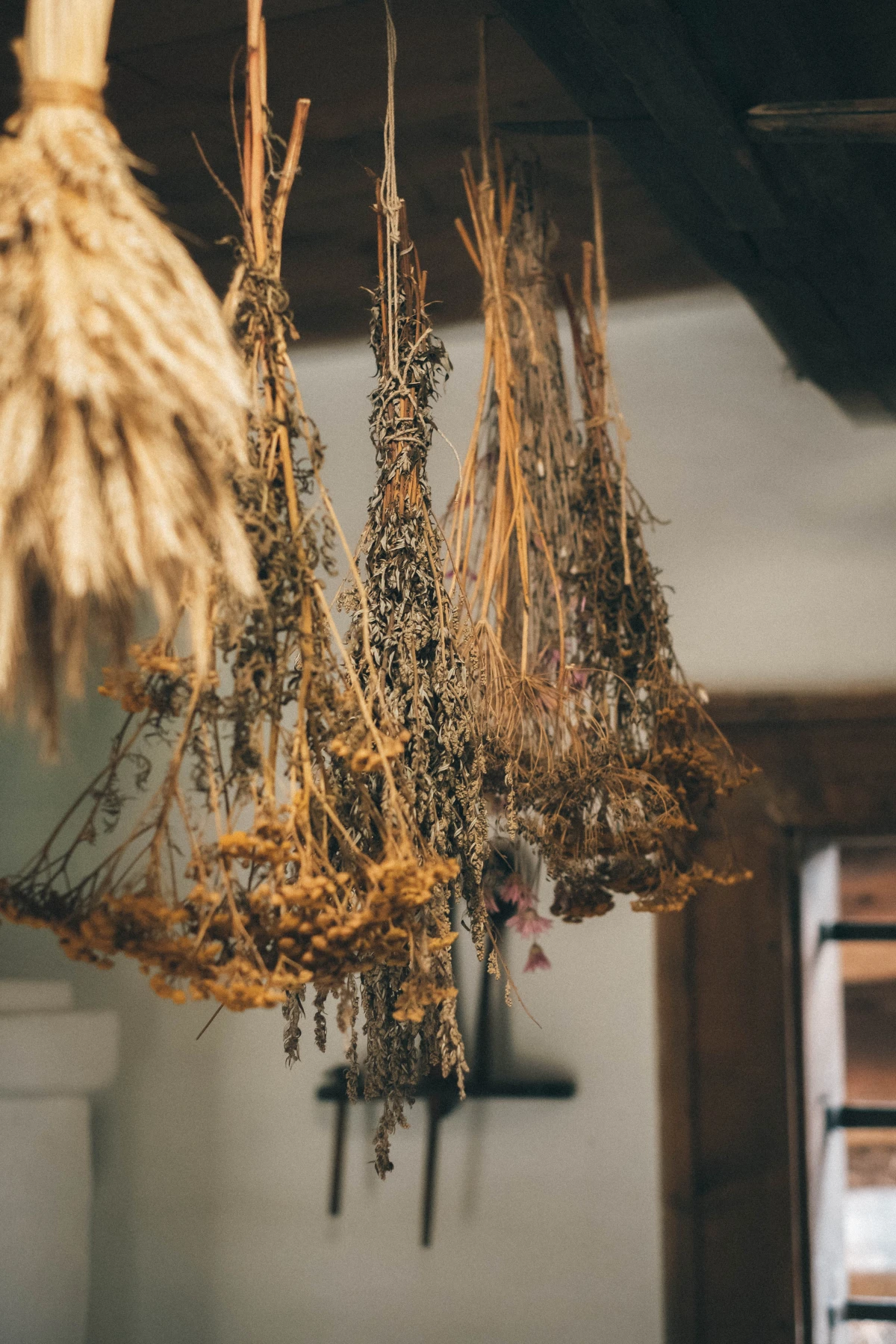
Ready to branch out? Finding seeds for these unique herbs is part of the adventure. Skip the big-box stores and head online to specialty suppliers who cherish variety:
- Baker Creek Heirloom Seeds: A treasure trove of rare and exotic seeds from around the world, including several varieties of hyssop and savory.
- Johnny’s Selected Seeds: Known for their high-quality, field-tested seeds, they are a reliable source for staples like lemongrass and more unusual finds.
- Seed Savers Exchange: A non-profit dedicated to preserving heirloom varieties. You can find unique herbs with a rich history here.
Infused Vinegar: A zesty, shelf-stable way to preserve the unique notes of your harvest.
Herb Salt: Finely chop fresh herbs like savory or rue, mix with coarse sea salt (a 1:4 ratio of herbs to salt works well), and let it dry on a tray for a few days. The salt pulls out the moisture and locks in the aroma for a fantastic finishing salt.
This method works beautifully for capturing the complex, peppery profile of savory.










